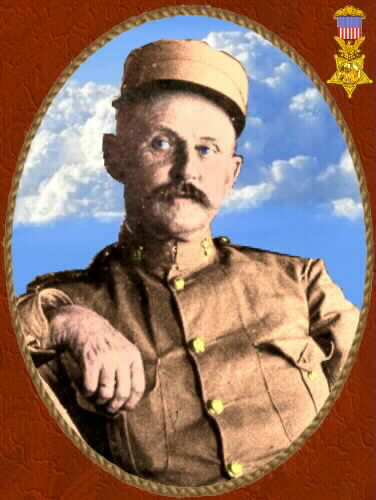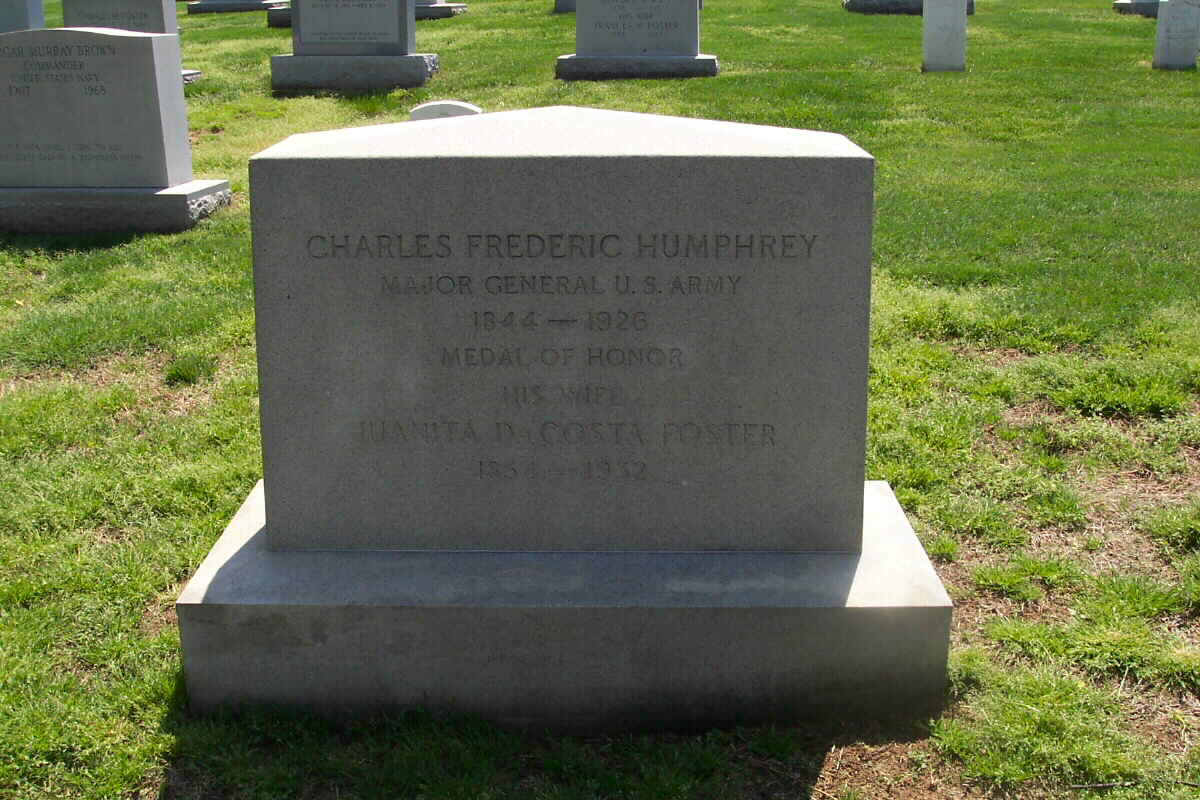Born at New York City, September 2, 1833, he served as Private, Corporal, Sergeant, and First Lieutenant, Company E, 5th Artillery, March 17, 1863-June 28, 1866. He was then commissioned Second Lieutenant, 5th Artillery, May 8, 1866. He transferred to the 4th Arty, October 23, 1866; promoted to First Lieutenant, May 21, 1868. He graduated from the Artillery School, 1874; promoted to Captain, Assistant Quartermaster, June 23, 1879; Major, Quartermaster General, December 11, 1892; Lieutenant Colonel, Quartermaster, US Volunteers, July 7-September 20, 1898; Brigadier General, September 21, 1898; and was honorably discharged from the Volunteer Service, June 12, 1899; appointed Colonel, Assistant Quartermaster General, October 26, 1901; Brigadier General, Quartermaster General, US Army, April 12, 1903; Major General, and retired after 44 years of service, July 1, 1907.
He served in the following Indian campaigns: Nez Perce, 1877; Snake Bannock, 1878; Sioux, 1890-91; Shoshone-Snake, 1895. Breveted Captain, February 27, 1890 “for gallant service in action against Indians” at Clearwater, Idaho, July 11, 1877; awarded the Medal of Honor, March 27, 1897 “for most distinguished gallantry” in action at Clearwater, Idaho, July 11, 1877, “when he voluntarily and successfully conducted, in the face of a withering fire, a party which recovered possession of an abandoned howitzer and two Gatling guns lying between the lines and within a few yards of the Indians, while serving as First Lieutenant, 4th Artillery.”
Served as Chief Quartermaster, Santiago de Cuba Expedition, 1898, Division of Cuba, 1898-99, Chinese Relief Expedition, 1900-01, Philippines, 1901-03. . He died June 4, 1926. And was buried in Section 4, Grave 3115, Arlington National Cemetery. Many members of his family including his wife, Juanita DaCosta Humphrey (1854-1932), his sons Charles Frederick Humphrey, Jr., Brigadier General, United States Army, Evan Harris Humphrey, Brigadier General, United States Army, and Marion Bell Humphrey, Colonel, United States Marine Corps.
Courtesy of the U.S. Army Quartermaster Museum:
Brigadier General Charles F. Humphrey
22nd Quartermaster General
April 1903-July 1907
Charles Frederick Humphrey was Born in Tioga County, New York on September 2, 1844. While little information is available about his boyhood, it is known that he wanted to enter the Military Academy at West Point in preparation for a military career. With the country in the midst of the Civil War, six months after his eighteenth birthday Humphrey ran away from school to enlist at Buffalo,
New York in Light Battery E, 5th U.S. Artillery. For the next 44 years he served his country, rising through grades from Private to Quartermaster General.
During the Civil War he saw service principally with the Sixth Corps, Army of the Potomac, being promoted rapidly through the grades of Corporal, Sergeant, and 1st Sergeant. He was awarded a furlough for “soldierly conduct” during the campaign of 1864 and upon his return was commissioned 2nd Lieutenant and transferred to the 4th U. S. Artillery. Approximately a year and a half later he
was promoted to 1st Lieutenant.
Following the Civil War he was stationed in the Southern States and on the Pacific Coast until April 1873. At that time he was ordered to the Artillery School at Fort Monroe, Virginia, where he graduated in the class of 1874. Returning to the Pacific Coast, he served in the Western States and Territories and in Alaska for the next two decades, part of the time as a 1st Lieutenant of Artillery and after 1879, as a Quartermaster.
It was during these years that Humphrey distinguished himself as an Indian fighter. He took part in the campaigns against the Nez Perce in 1877, the Snake Bannock in 1878, the Sioux in the winter of 1890-91, and the Shoshone-Snake in 1895. As a 1st Lieutenant of the 4th Artillery, he was honorably mentioned in orders and breveted Captain for “gallant and meritorious services” against the Indians at the Clearwater in Idaho Territory on July 11, 1877. He displayed soldierly qualities throughout the campaign against the hostile Nez Perces and many years later was awarded the Medal of Honor for voluntarily leading, “in the face of a withering fire, a party which recovered possession of an abandoned howitzer and two Gatling guns lying between the lines and within a few yards of the Indians.” Since the horses had been shot down, the recaptured artillery had to be pulled to the Army lines by hand.
At the time of his transfer to the Quartermaster’s Department as an Assistant Quartermaster with the rank of Captain, he was serving as an acting Assistant Quartermaster at the Presidio of San Francisco, California. He continued on duty there as Depot Quartermaster until 1885, winning commendation for his efficiency in carrying out a program of alterations and construction that made
the Presidio and its reservation “one of the most admirable posts in the Army.”
In the summer of 1885 he was assigned as Depot Quartermaster at Cheyenne, Wyoming where he remained until 1890. Then he was placed in charge of constructing a new regimental post at Fort Crook near Omaha, Nebraska. During the winter of 1890-91 he also served in the field as Acting Chief Quartermaster of the Division of the Missouri as well as Chief Ordnance Officer in the operations against the hostile Indians in South Dakota. On December 11, 1892, he was commissioned as Quartermaster and promoted to Major. At intervals during the next three years he functioned as Chief Quartermaster of the Department of the Platte.
Early in 1896 after more than 20 years of service in the West, he was placed in charge of the depot at Washington. The following year he became Deputy Quartermaster General with the rank of Lieutenant Colonel. At the outbreak of the Spanish-American War, he was sent to Tampa, assigned as Chief Quartermaster of the Fifth Army Corps.
It was his task to fit out and embark the expedition for Santiago, Cuba. Upon arrival in Cuba he oversaw the Corps debarkation at Daiquiri and Siboney, the landing and distribution of supplies, and later the transport of the sick and wounded to the United States. During the course of the war he was recommended for promotion by General William R. Shafter and other officers who referred to his indomitable energy, good judgment, remarkable capacity for labor and grasp of affairs. He was appointed Brigadier General of Volunteers on September 21, 1898, a rank he held until honorably discharged from the Volunteer Army on June 12, 1899. He became Chief Quartermaster at Havana, Cuba, assuming his duties at this post on November 16, 1898.
When in 1900 events in China led to the Boxer Rebellion and the dispatch of an international relief expedition, Humphrey cabled from Havana, applying for service in China if military operations were contemplated there. By order of Secretary Root, Humphrey reported for duty at Tientsin as Chief Quartermaster of the U. S. China Relief Expedition.
In the spring of the following year Quartermaster General Ludington recommended that Humphrey inspect Quartermaster operations in the Philippines. He assumed the duties of Chief Quartermaster at Manila on July 4. In October he was promoted Assistant Quartermaster General with the rank of Colonel. Approximately a year later orders arrived directing him to assume charge of the depot at New York City. Humphrey wanted the post, but the Commanding general of the Division of the Philippines requested retention of his services and the War Department granted a four months’ delay in Humphrey’s departure.
In the meantime Quartermaster General Ludington was soon to retire, and on November 26, 1902, Lieutenant General Nelson A. Miles, Commanding General of the Army, recommended that the Secretary of War appoint Humphrey to that post.
General Humphrey became Quartermaster General with the rank of Brigadier General on June 1, 1903. He took over a Department that was being subjected to ever-increasing supply and construction demands. The Quartermaster Department staff prior to the Spanish-American War totaled 57 and had increased to 96 as a result of the conflict. This was still insufficient to serve the greatly increased number of troops stationed in the Philippines, China, Hawaii, the Canal Zone, Puerto Rico and Cuba. Throughout his four-year detail, General Humphrey repeatedly called for more Post Quartermaster Sergeants and for more clerical help in the office. He actively campaigned against the practice of detailing soldiers from other branches to fill Quartermaster positions because
of the specialization required to accomplish these jobs. In addition to campaigning for permanent appointments to the Department, he advocated the establishment of a general service corps of soldiers to replace civilian employees.
He was also heavily involved in constructing new posts and rebuilding and enlarging old ones to provide suitable quarters, hospitals, warehouses and other buildings to meet the needs of an expanding Army. General Humphrey also oversaw the development of new equipment and clothing
based on the experiences of the Spanish American War. A new olive drab service uniform for winter wear and a cotton khaki one for tropical and summer use were adopted in 1902.
General Humphrey retired on July 1, 1907. In view of his long record of military service of more than 44 years and largely on the basis of Taft’s recommendation, Congress provided for his retirement with the rank of Major General.
He continued to reside in Washington, while his five sons carried on the tradition of military service. He died on June 4, 1926, at Walter Reed General Hospital after a long illness. He was buried at Arlington National Cemetery with full military honors, the pallbearers included General John J. Pershing, Major General John L. Hines, Chief of Staff, and Major General B. F. Cheatham, then Quartermaster General.
GENERAL HUMPHREY DIES AT AGE OF 81
Former Quartermaster General Rose From Private Soldier In The Civil War
Career Full of Romance
Won Medal of Honor for Heroism in Indian War
Ws at Santiago and in Boxer Rebellion
WASHINGTON, June 4, 1926 – Major General Charles Frederic Humphrey, USA, retired, one of the most popular of army officers, died this morning at Walter Reed Hospital near Washington, where he had been under treatment for several months. He was Quartermaster General from 1903 until he retired in 1907, a position to which he rose from the grade of a Private soldier in the Civil War. His service was full of romance. He wore the Congressional Medal of Honor for an act of great heroism performed in 1877 in action against Indians.
The General is survived by his widow, Mrs. Juanita Foster Humphrey; five sons, Evan H. Humphrey, stationed at the War College here; Colonel Charles F. Humphrey, Jr, assistant to the Chief of Staff o the Fourth Corps Area, stationed at Atlanta; Captain Julian F. Humphrey of the United States Merchant Marine; Major Marion B. M. Humphrey, United States Marine Corps, stationed on the USS Pittsburgh, now in foreign waters, and Lieutenant Joseph Da Costa Humphrey, and eleven grandchildren.
General Humphrey was born in New York eighty-one years ago. At 18 he enlisted in the Fifth Artillery, regular army, in March 1863, as a Private, and served for the rest of the Civil War. While holding the rating of First Sergeant he was commissioned a Second Lieutenant of Artillery in 1866. He went into the Quartermaster Corps as a Captain in 1879 and saw the rest of his service in that branch of the Army.
He had much service against the Indians as a young officer of the line and the staff, his experience including campaigns against the Nez Perce tribe, the Snake Bannock tribe, the Shoshone-Snake coalition and the Sioux. It was at Clearwater, Idaho, that he won the Medal of Honor, the citation for which describes how he “voluntarily and successfully conducted, in the face of a withering fire, a party which recovered the possession of an abandoned howitzer and two Gatling guns, lying between the lines a few yards from the Indians.”
In the Spanish-American War he was Chief Quartermaster of the American forces. While in front of Santiago ha had a difference with Colonel Theodore Roosevelt. When Colonel Roosevelt was President there were predictions that this would prevent him from becoming Quartermaster General. However, President Roosevelt chose Colonel Humphrey, and they became warm friends.
In the allies expedition against the Chinese Boxers in 1900, General Humphrey was Chief Quartermaster for the American forces which marched to Peking and prevented the massacre of those in the American and other foreign delegations. He also served in the Philippines.
RITES FOR GENERAL HUMPHREY
Ten Generals to be Pallbearers at Funeral on Tuesday
WASHINGTON, June 5, 1926 – Funeral services for Major General Charles F. Humphrey, at one time Quartermaster General of the Army, will be held at St. Thomas’s Episcopal Church here Tuesday afternoon at 2:30 o’clock. The burial will take place in Arlington National Cemetery.
Ten Generals have been selected as pallbearers, including General John J. Pershing. Other pallbearers are: Major General John L. Hines, Major General B. F. Cheatham, Major General Fred C. Ainsworth, Major General Henry P. McCain, Major General John L. Clem, Major General Grote Hutchenson, Brigadier General James Allen, Brigadier General Culver C. Sniffen, Brigadier General Wilds P. Richardson, Edgar C. Snyder, Charles P. Light and Judge Milton C. Elliott.
HUMPHREY, CHARLES F.
Rank and organization: First Lieutenant, 4th U.S. Artillery. Place and date: At Clearwater, Idaho, 11 July 1877. Entered service at: ——. Birth: New York. Date of issue: 2 March 1897.
Citation:
Voluntarily and successfully conducted, in the face of a withering fire, a party which recovered possession of an abandoned howitzer and 2 Gatling guns Iying between the lines a few yards from the Indians.
HUMPHREY, CHARLES F
- MAJ GEN USA, RETD
- DATE OF DEATH: 06/04/1926
- BURIED AT: SECTION 4-E SITE LOT 3115
- ARLINGTON NATIONAL CEMETERY
HUMPHREY, JUANITA DACOSTA W/O CHAS F
- DATE OF DEATH: 12/12/1932
- BURIED AT: SECTION 4 SITE 3115
- ARLINGTON NATIONAL CEMETERY
- WIFE OF CF HUMPHREY, MAJOR GENERAL US ARMY
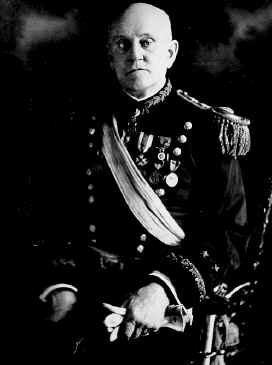
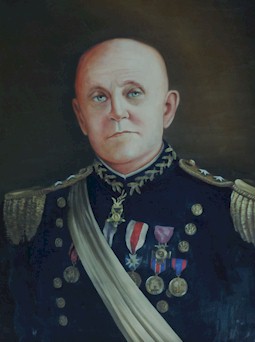
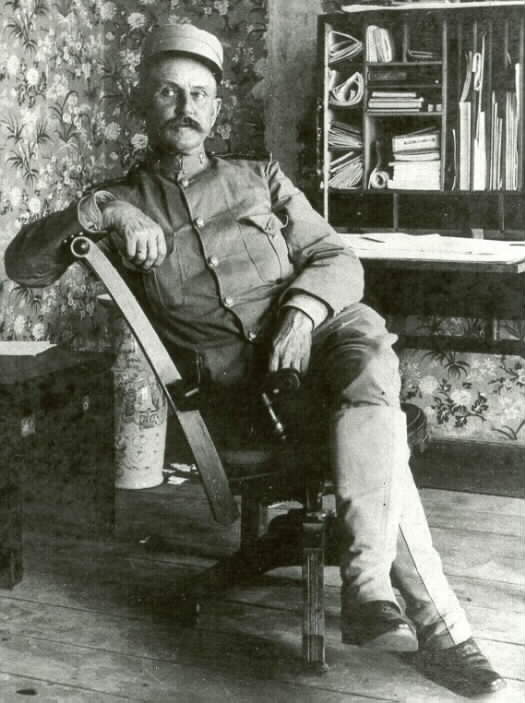
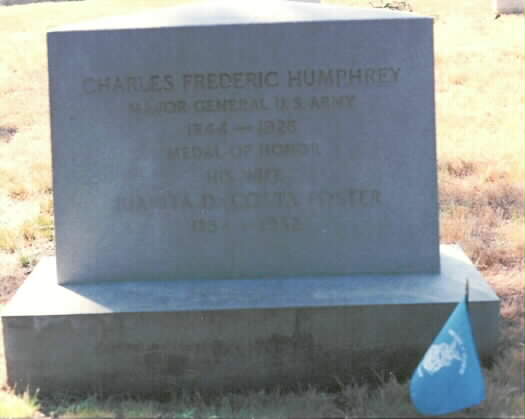
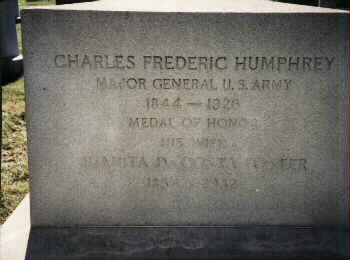
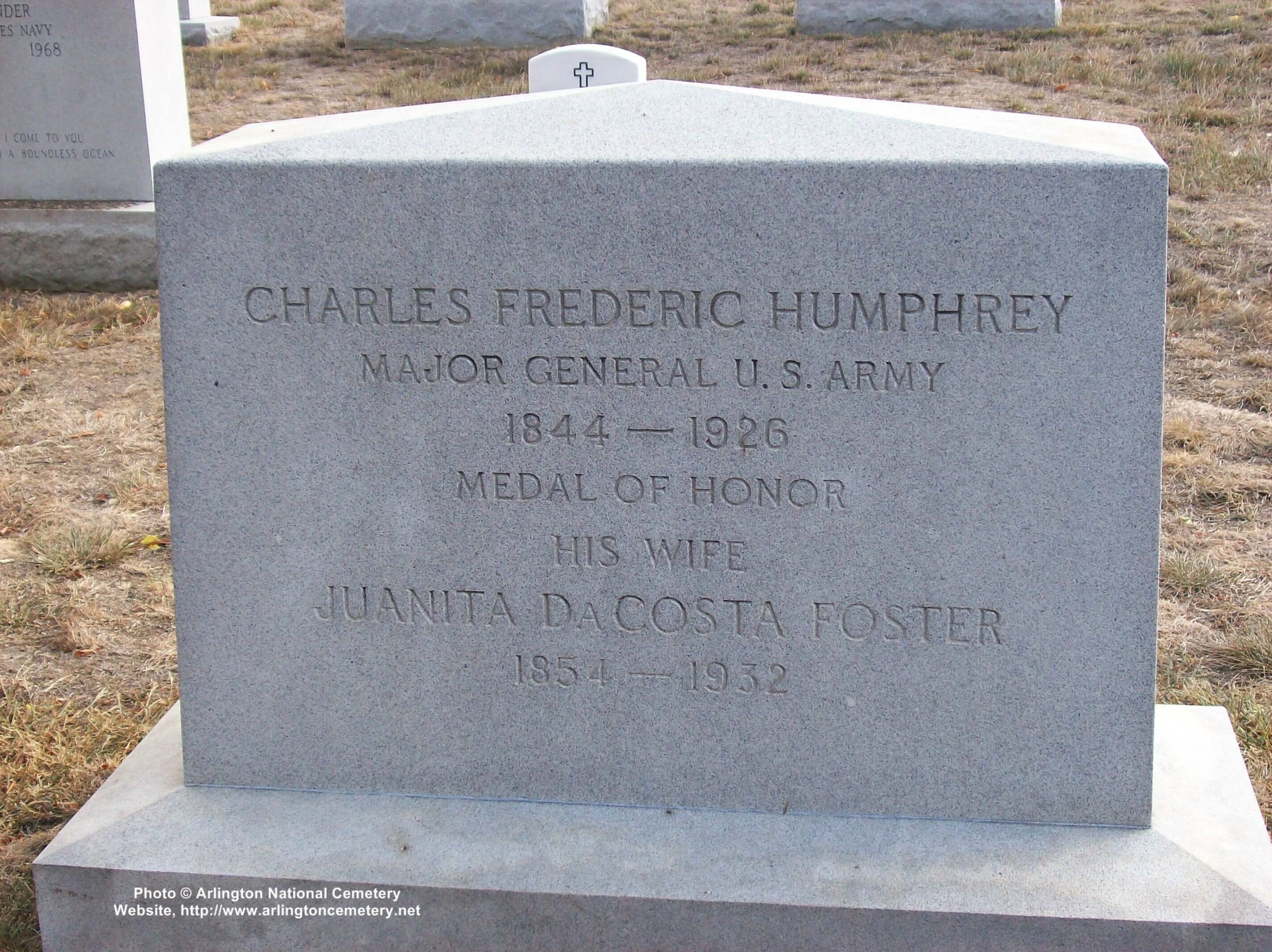
Michael Robert Patterson was born in Arlington and is the son of a former officer of the US Army. So it was no wonder that sooner or later his interests drew him to American history and especially to American military history. Many of his articles can be found on renowned portals like the New York Times, Washingtonpost or Wikipedia.
Reviewed by: Michael Howard

